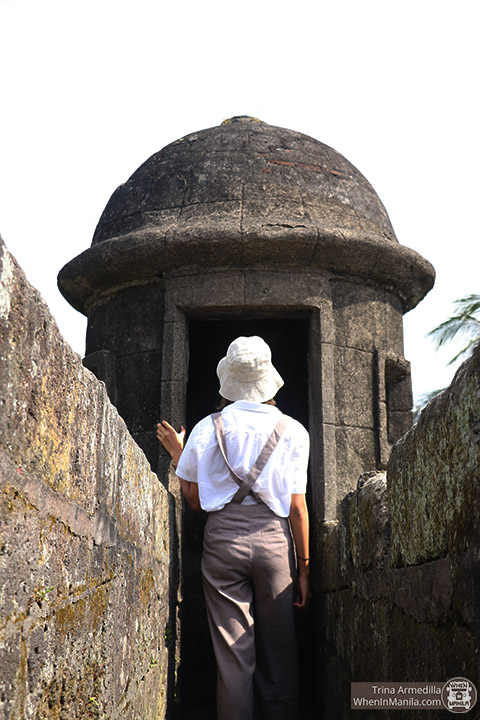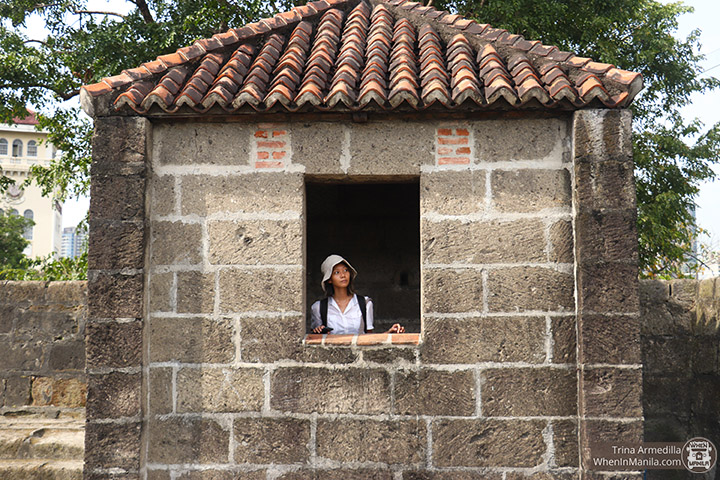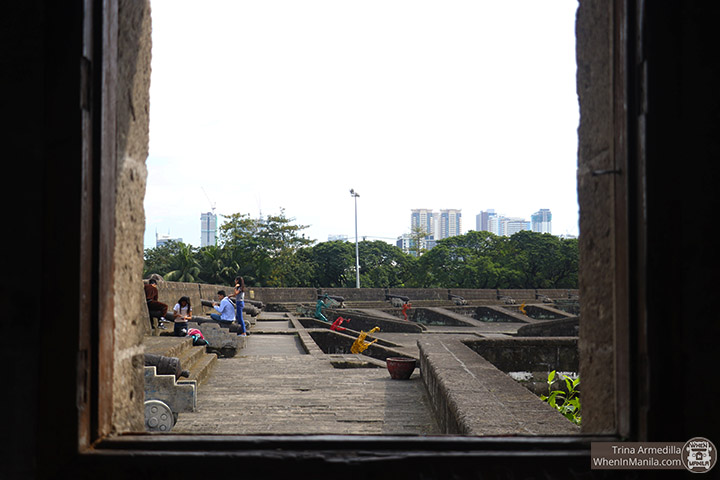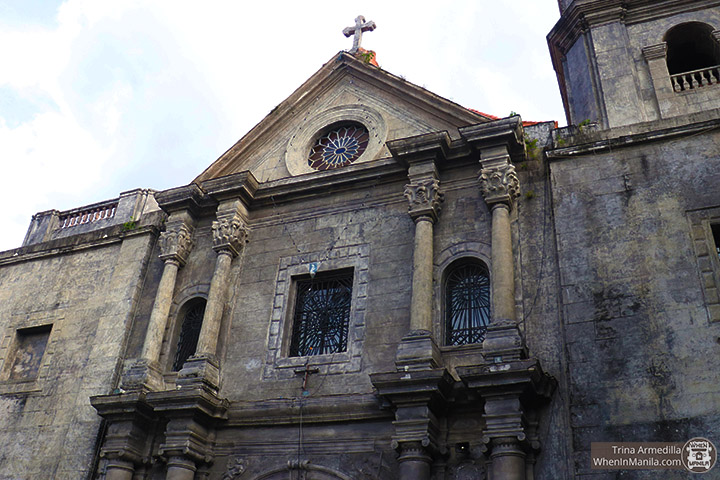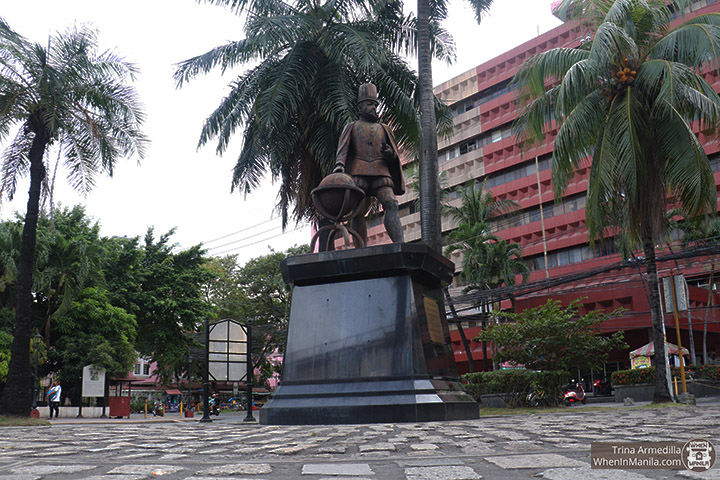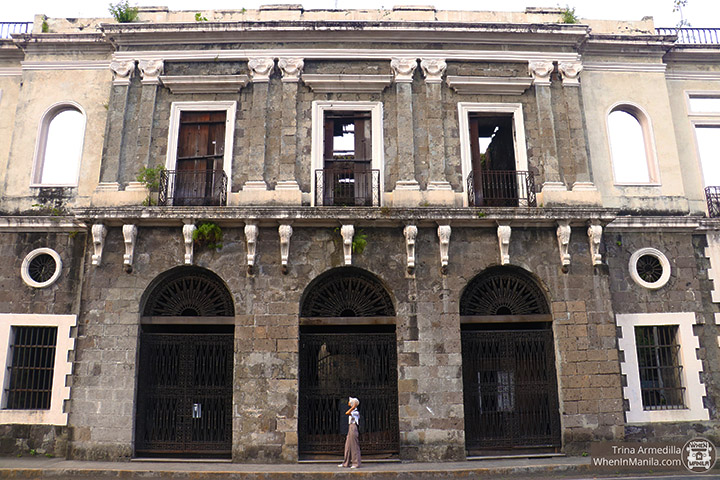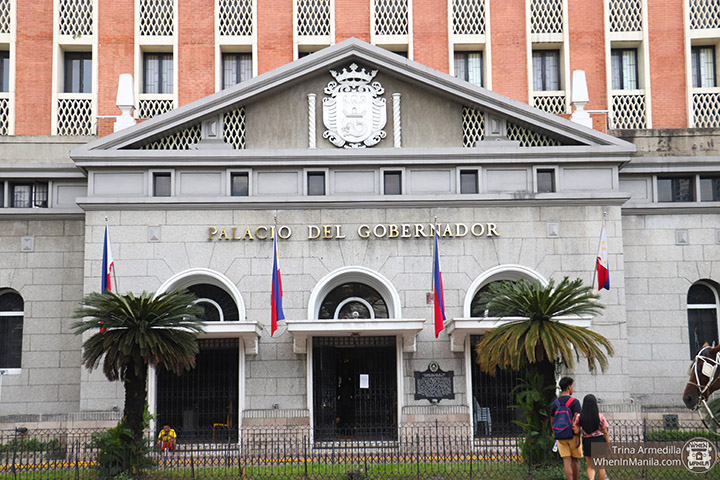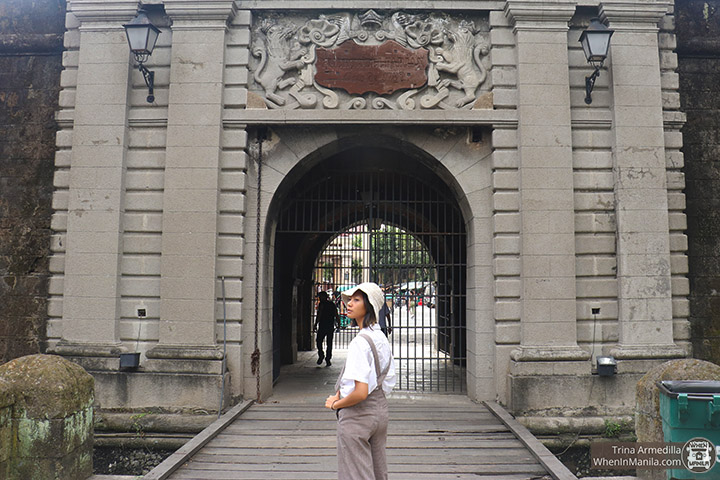Words by Camille Ong
Photos by Trina Armedilla
Ever since its founding, Intramuros used to be the city for the Spanish ruling classes. Just from its architecture, one can see that it’s the Spanish vision of luxurious living. However, its style is quite different from the ones in Spain as they specifically designed it to fit life in the tropics.
For hundreds of years, Intramuros has stood the test of wars and natural disasters. It has gone through numerous renovations to become the Intramuros of today—a place where people can go to get a taste of its history through sightseeing and visiting museums.
While the size of Intramuros looks daunting to tour on foot, it is possible if you want to explore on your own pace. I tend to be cheap so I prefer to save money on transportation if possible. With a trusty map on my phone to guide me through, I was able to find Instagram-worthy spots inside Intramuros that are free of charge! Aside from being aesthetically pleasing, they are rich in history. Here are some places you should check out as you stroll down memory lane:
Baluarte de San Andres
This was used to reinforce the Southeastern part of Intramuros. Destroyed during the British Siege of Manila, it was rebuilt after and damaged again during the Battle of Manila. Now, the watchtower of Baluarte de San Andres is still standing and tourists can enter for a photo or to pretend like you’re guarding the city.
This is just one of the many bastions that can be found inside Intramuros. We also visited Baluarte de Dilao, which was part of the original fortifications, unlike San Andres. It also went through the British attack and the Battle of Manila.
San Agustin Church
San Agustin has weathered seven major earthquakes. There used to be many churches and chapels in Intramuros but only one survived World War II. It used to be made of Bamboo and Nipa so it was easily destroyed when a Chinese pirate burned the city. They rebuilt it with wood and light materials but it was once again burned down because of a spark from one of the candles. Its final form made of stone came later in the early 1600s. The remains of Miguel Lopez de Legazpi, the explorer who established Spain’s power over the Philippines, can also be found inside the church.
Bambike Ecotours: Learn about the history of Intramuros with this guided bike tour
Plaza España
This used to be known as Plaza Aduana because of the Aduana building in front of it. The plaza is an open triangular “square” that used to be surrounded by the Aduana, Santo Domingo Church, and the Ayuntamiento de Manila. The monument of King Philip II of Spain was a recent addition in 1998 in honor of the person our country was named after. Today, the statue is surrounded by restaurants, banks, shops, and even an ukay-ukay.
The Aduana was built in the early 1800s to attract merchants inside Intramuros. It suffered from an earthquake so it was rebuilt in 1876 to house the Customs Office. The building of the Aduana is one that looks untouched.
Palacio del Gobernador
This palace used to be owned by a public servant named Venegas until he was caught extorting enormous sums and was killed via torture because of it. The governor general at that time was a friend of his but had no choice when he found out about Venegas’ corruption. Venegas’ ill-gotten wealth was confiscated and the palace became the official residence for governor generals until an earthquake destroyed it in 1863.
Puerta del Parian
Its name comes from Parian de Arroceros, where the Chinese merchants lived before. Commerce between the Spaniards and the Chinese took place at this gate. There used to be a bazaar in its inner courtyard where goods from China or from local shops were for sale. The ravelin was built later on because of the Chinese uprising. It was used as a defense line before but was severely damaged in the Battle of Manila.
In the places mentioned above, one factor that seems to tie them all together is that they have been damaged in the Battle of Manila. Actually, Intramuros was reduced to rubble because of it. It became a wasteland after the war and informal settlers gravitated towards the place. Even Jose Rizal’s prison cell wasn’t spared because it was used as a latrine. It was only in 1979 that the Intramuros Administration was created and plans were made to bring life back to the walled city.
Do you want to see Intramuros? Tell us about it!


